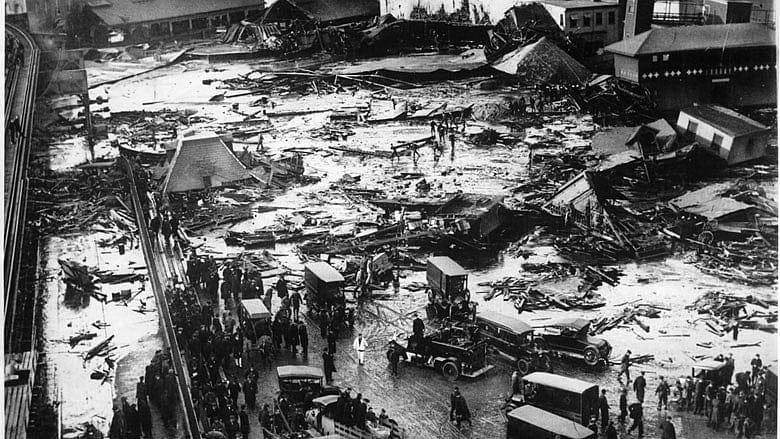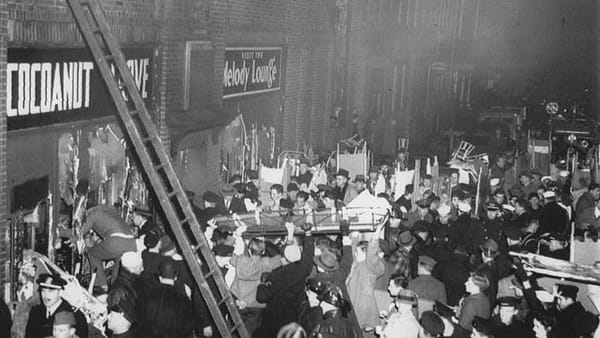No. 6: Boston’s deadliest flood

Since Boston is essentially a boggy peninsula in the Atlantic, you'd probably think the city's worst flood disaster would involve water. But the Great Molasses Flood holds that unsavory honor. Molasses can be distilled into rum or industrial alcohol, and the Purity Distilling Co. built a large molasses tank in the North End for their production of alcohol. But on Jan. 15, 1919, millions of pounds of molasses exploded from the tank and tore through the North End's Commercial Street in a fast-moving 15-foot wave. It destroyed buildings, ripped up supports for an elevated train track and killed at least 21 people while injuring 150 more. Because molasses is so viscous, medics and police struggled to reach victims. Investigators later found that shoddy construction of the steel holding tank was to blame, prompting Massachusetts legislators to pass laws requiring engineers to inspect major construction plans.

